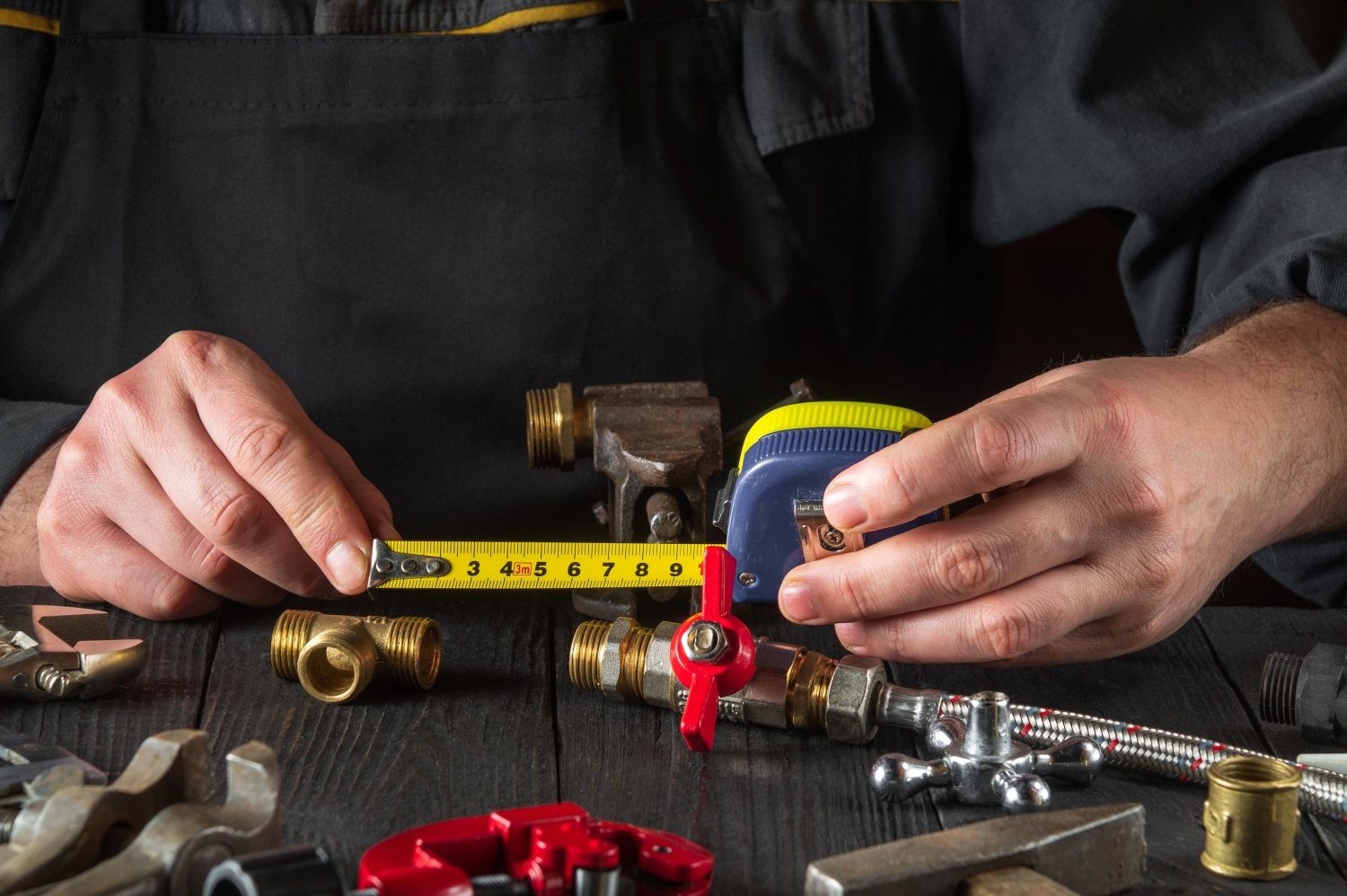As a homeowner, you'll inevitably be faced with plumbing issues at some point. While some can be resolved with a quick fix, there comes a time when patchwork won't cut it anymore, and a more substantial solution is required. This is where the expertise of repipe specialists comes into play. Repiping your house is a significant investment in your property's plumbing health, but it's essential for ensuring that your water systems remain reliable and efficient.
Understanding Repiping
Repiping is the process of replacing old or faulty plumbing pipes within your house. Depending on the extent of the problem, this could involve the entire plumbing system or just a section. The need for repiping can arise from a variety of issues, such as pipe corrosion, frequent leaks, low water pressure, or as part of a home renovation that demands an updated plumbing system.
Repiping plumbing isn't a task for amateurs—it requires professional assessment and precision. That's why it's crucial to choose repipe specialists who can offer comprehensive repiping services with minimal disruption to your home.
Knowing When to Repipe
Before we dive into the costs and procedures involved in repiping, let's first explore when you should consider this service:
- Age of Pipes: If your home is several decades old and has never had a plumbing update, it's worth inspecting your pipes' condition.
- Water Color: Rusty or discolored water can be a sign that your pipes are corroding.
- Water Pressure: Persistent low water pressure may indicate corroded or clogged pipes.
- Leaks: Frequent leaks are a telltale sign that your pipes may be failing.
Repiping Procedures
Expect the repiping process to take several days or more, depending on the size of your house and the scope of the project. Be prepared for significant work, as repiping a house is a complex procedure that requires cutting into walls and floors to access and replace pipes. Here’s an overview of how Rooter Solutions Plumbers repipe a house:
- Inspection and Plan: A thorough inspection by repipe specialists will set the stage for an efficient process. They will pinpoint the problem areas and develop a plan that minimizes structural alterations.
- Material Selection: You’ll choose the types of pipes for your home; typically, copper and PEX are popular options due to their longevity and performance.
- Site Preparation: Specialists will prepare the work area to protect your home and contain any debris or dust.
- Repiping: This is the heart of the project, involving the removal of old pipes and the installation of the new ones.
- Restoration: After repiping, walls and floors need to be patched and painted, restoring your home to its original condition.
Cost Considerations When Repiping Your Home
When it comes to the cost of repiping your house, understand that it's a substantial financial commitment. The cost to repipe a house can vary greatly, depending on factors like the size of your home, the type of materials used, and the complexity of the job. You can generally expect to spend anywhere from a few thousand dollars to upwards of $15,000 or more. However, this expense is a necessity to guarantee the safety and quality of your home’s plumbing system.
Choosing the Right Repipe Plumbing Solutions
Your choice of repipe plumbing solutions can make all the difference in ensuring a smooth and successful project. Look for repipe specialists with a solid track record, proper licenses and insurance, and positive customer reviews.
Rooter Solutions is a leading provider of quality repiping services. Our experienced team of professionals is adept at swiftly and effectively handling repiping projects, and we are known for our reliability and attention to detail.
FAQs About Repiping Your Home
1. Does repiping a house include replacing sewer lines?
Repiping typically focuses on the home's fresh water supply system, while replacing sewer lines is usually a separate project.
2. What should I do to prepare my home for repiping?
Move furniture or other items to clear access to pipes, plan for water supply interruptions, and cover belongings to protect them from dust or debris during the work.
3. Will repiping fix low water pressure issues?
Yes, if low water pressure is due to corroded or clogged pipes, repiping can restore proper water flow and pressure.
4. How do I prevent future issues with my new piping?
Avoid chemical drain cleaners, monitor water pressure, soften hard water, and schedule periodic plumbing inspections.
5. What’s the difference between repiping and pipe relining?
Repiping replaces old pipes with new ones, while pipe relining creates a new, seamless inner lining inside the existing pipes, which can be less invasive.
Schedule Service with San Jose’s Repipe Specialists
Repiping a house is an extensive task, involving careful planning, execution, and investment. Remember, proactive maintenance always trumps reactive repairs—so keep an eye on the health of your pipes, and don't hesitate to consult with specialists if you suspect it might be time to repipe. Contact our plumbers today to get started on your home’s repiping project!



 408-728-4978
408-728-4978